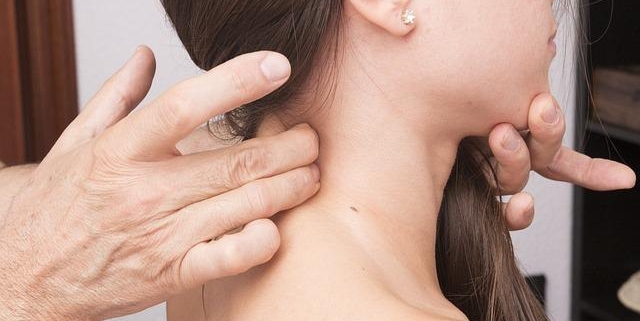
Cervical Corpectomy and Strut Graft
Overview
A cervical corpectomy and strut graft is a surgery performed to relieve pressure caused by spinal cord or nerve root compression in the neck area. The cervical spine, consisting of the seven bones in your neck, plays a crucial role in supporting your head and enabling its movement. However, conditions such as degenerative diseases, spinal tumors or traumas can lead to nerve compression, causing pain and neurological symptoms. If conservative treatments don’t work, surgeons might recommend a cervical corpectomy and strut graft.
Types
While there aren’t different types of cervical corpectomy and strut graft surgeries per se, the procedure can vary based on the location and the extent of damage in your cervical spine. This surgery can be performed on any of the seven cervical vertebrae (C1-C7). Depending on the cause of your condition, your surgeon might perform a single-level or multi-level corpectomy.
Causes
Cervical corpectomy and strut graft becomes necessary when the cervical vertebrae, or spinal bones in the neck, compress the spinal cord or nerve roots. This compression can happen due to several reasons:
-
- Spinal Stenosis: Age-related wear and tear can cause the spinal canal to narrow, leading to nerve compression.
-
- Herniated Disc: The swelling of the spinal discs leading to pressure on the neighbouring nerves.
-
- Spinal Tumors: Abnormal growths on the spinal cord or in the spaces between the spinal bones.
-
- Trauma: Injuries or accidents causing fractures or dislocation of the cervical spine.
Symptoms
The following symptoms may indicate you are experiencing cervical spine compression:
-
- Persistent neck pain.
-
- Numbness or weakness in the arms.
-
- Loss of balance or coordination.
-
- Difficulty in fine motor skills.
-
- Trouble walking.
-
- Loss of bowel or bladder control in severe cases.
Diagnosis
Diagnostic procedures may include:
-
- Physical Examination: To check for pain, weakness, and sensory deficits.
-
- Imaging Tests: MRI, CT scans, or X-rays to take detailed visuals of your cervical spine.
-
- Neurological Examination: To test reflexes, muscle strength, other nerve changes, and motor skills.
Treatment Options
Non-surgical treatments are often the first line of defense and might include:
-
- Physical Therapy
-
- Prescription Medications
-
- Pain Management Techniques
-
- Steroids to reduce inflammation.
Should these methods not bring desired relief, your doctor may recommend a cervical corpectomy and strut graft surgery. This procedure involves the removal of the affected vertebrae and intervertebral discs, followed by bone grafting and sometimes the placement of a metal plate for support.
Living With Cervical Corpectomy and Strut Graft
Recovering from a cervical corpectomy and strut graft typically takes time and patient cooperation. Here are some tips:
-
- Follow your physical therapy regimen diligently to regain strength and movement.
-
- Frequently change positions and gently stretch to promote blood flow and healing.
-
- Eat a balanced diet to aid in tissue repair and bone health.
-
- Share your feelings and concerns with your healthcare team. Remember, it’s okay to ask for emotional support too.
When to Seek Help
If you experience any of the following symptoms, reach out to your healthcare provider immediately:
-
- Intense pain, redness, or swelling at the surgical site.
-
- Difficulty breathing or swallowing.
-
- Sudden onset of chest pain.
-
- Signs of infection, like fever and chills.
Understanding your condition and procedure can empower you to actively participate in your health journey. It’s advisable to discuss all your doubts, concerns, and options with your healthcare provider to make an informed decision.
